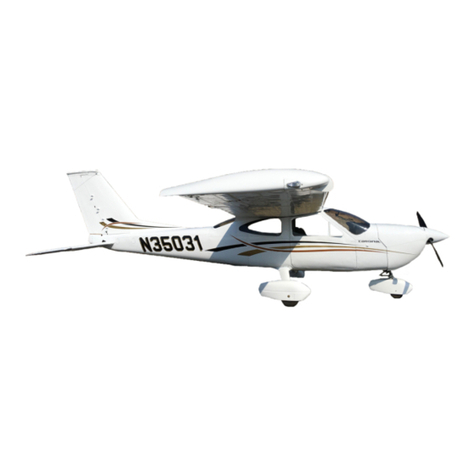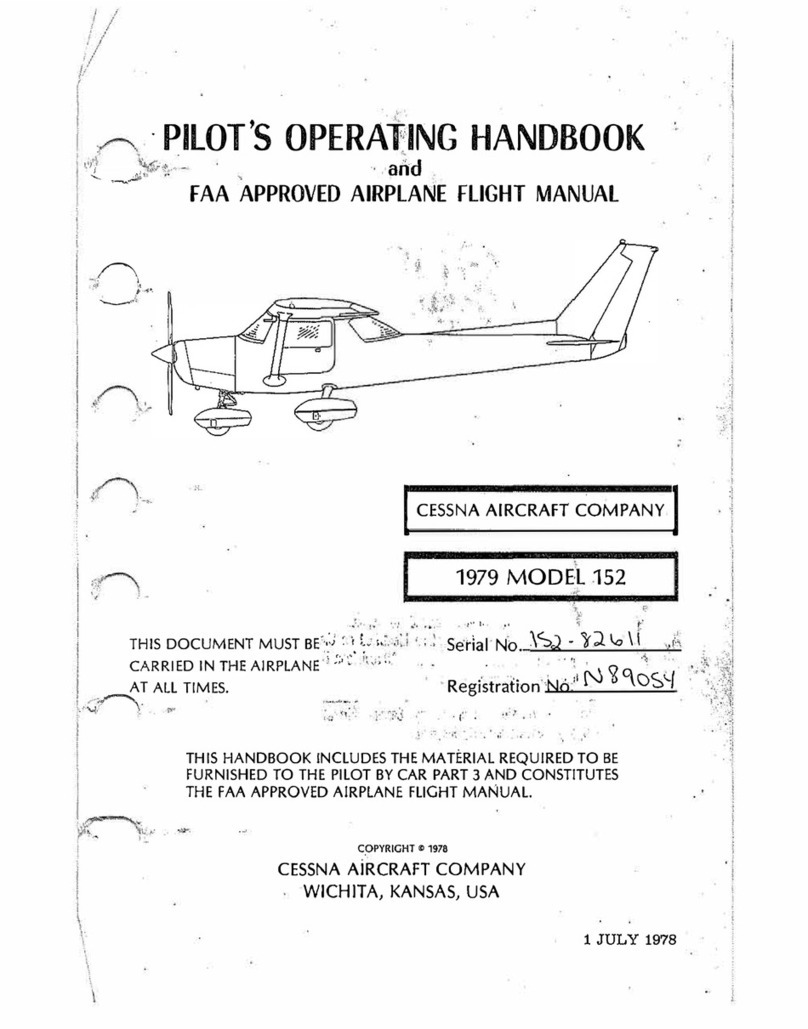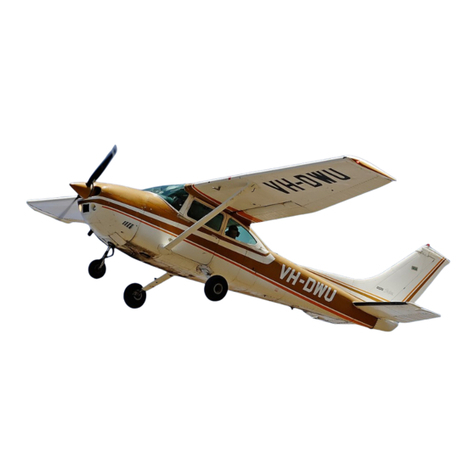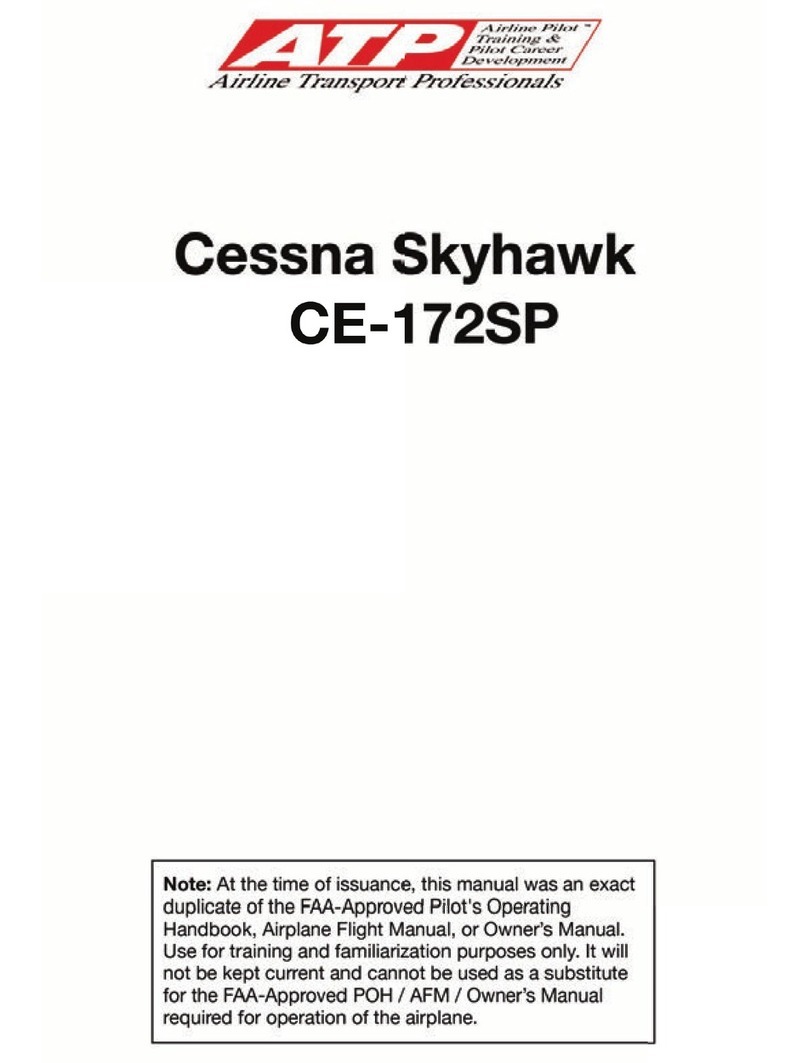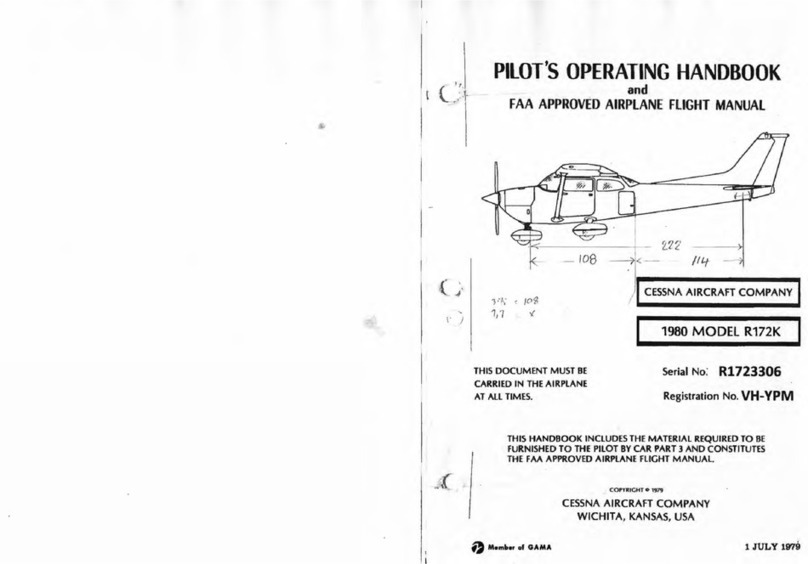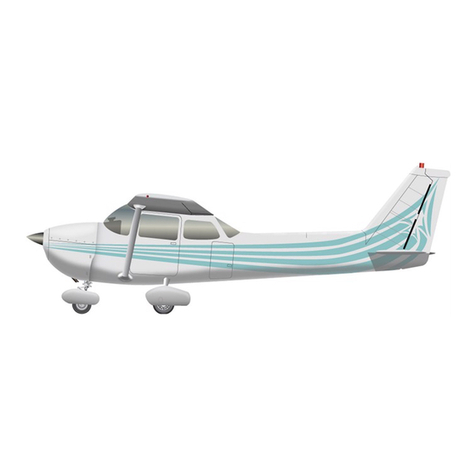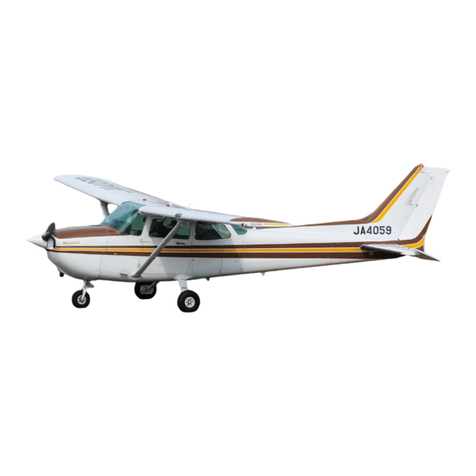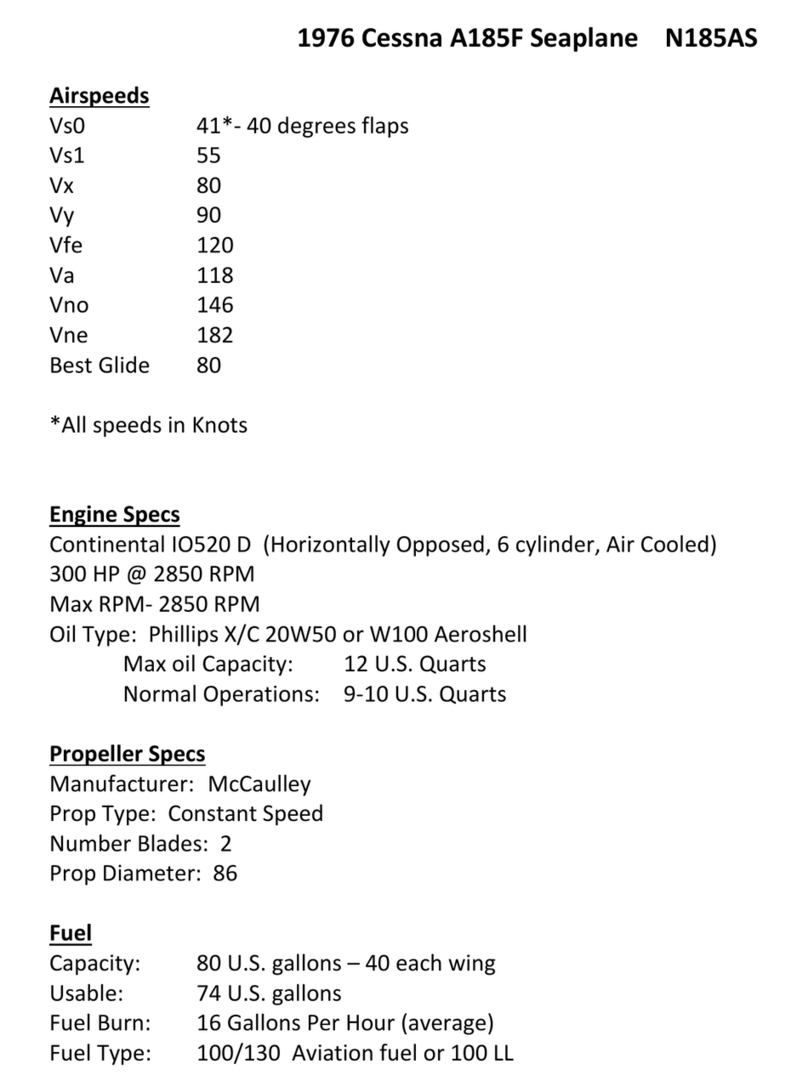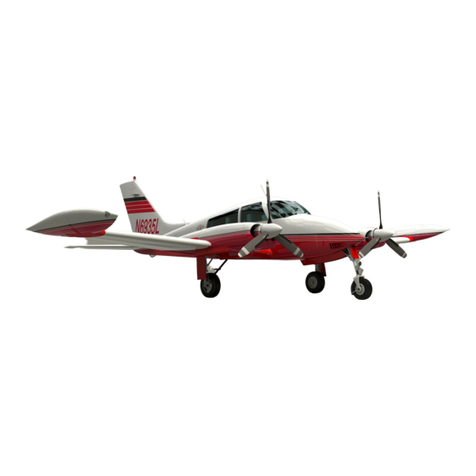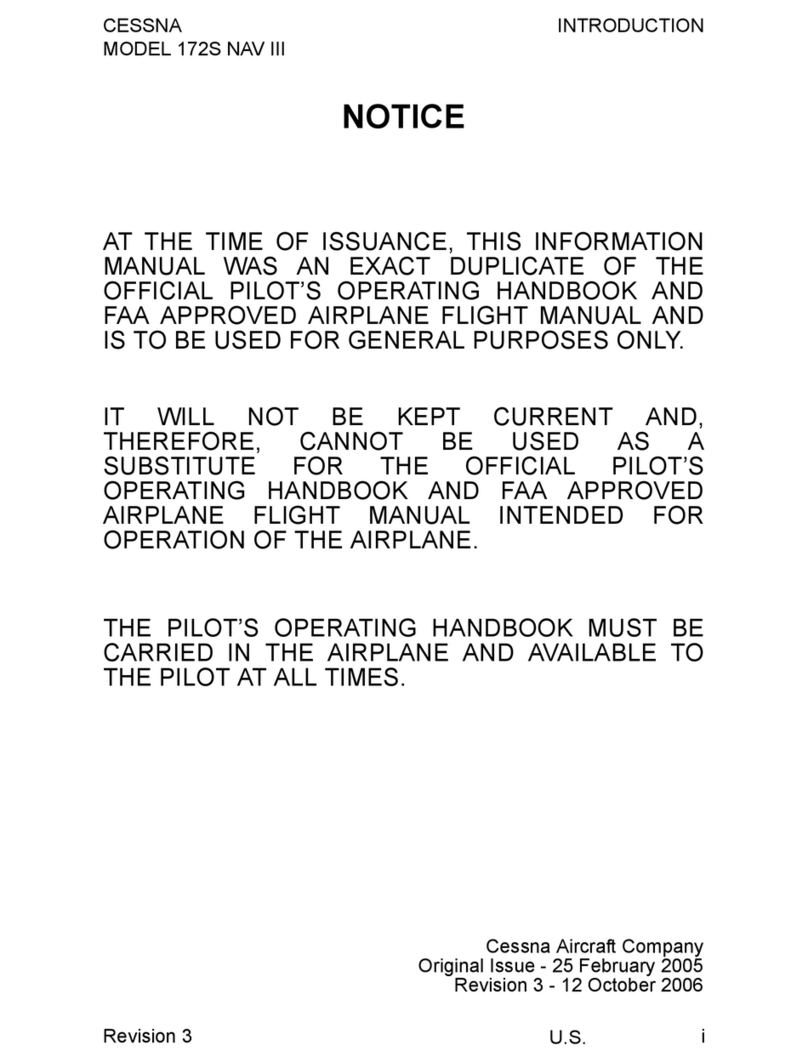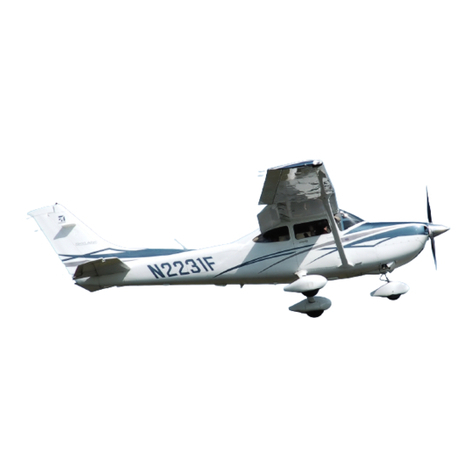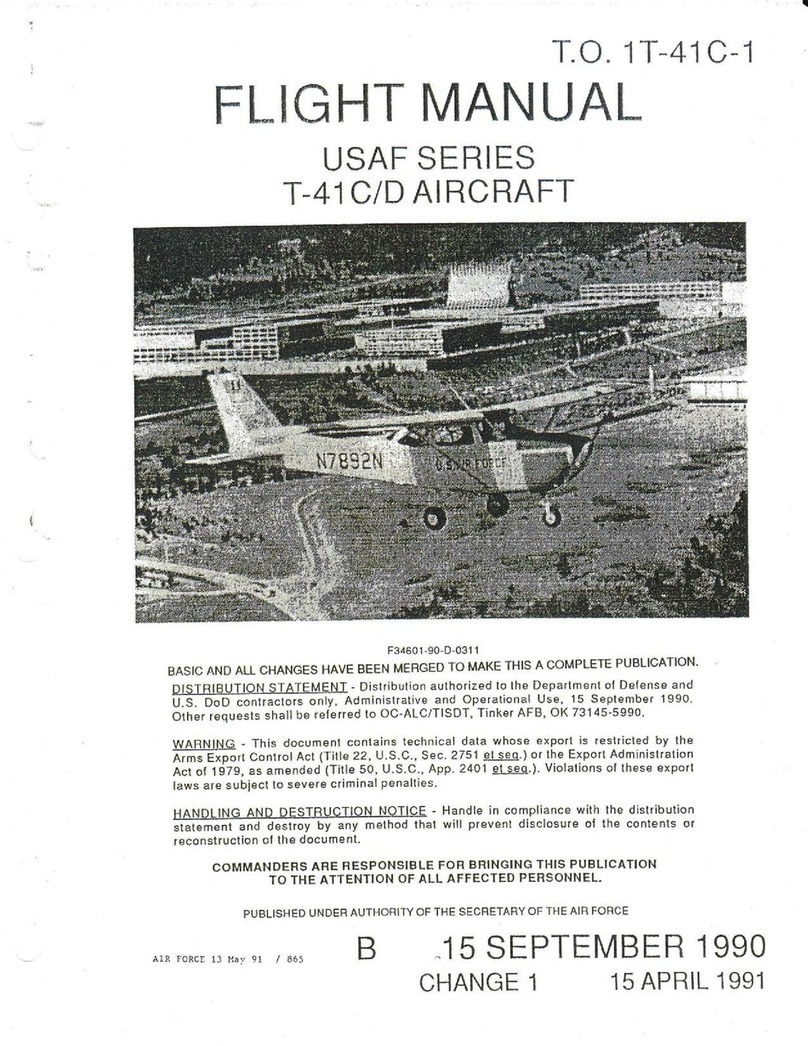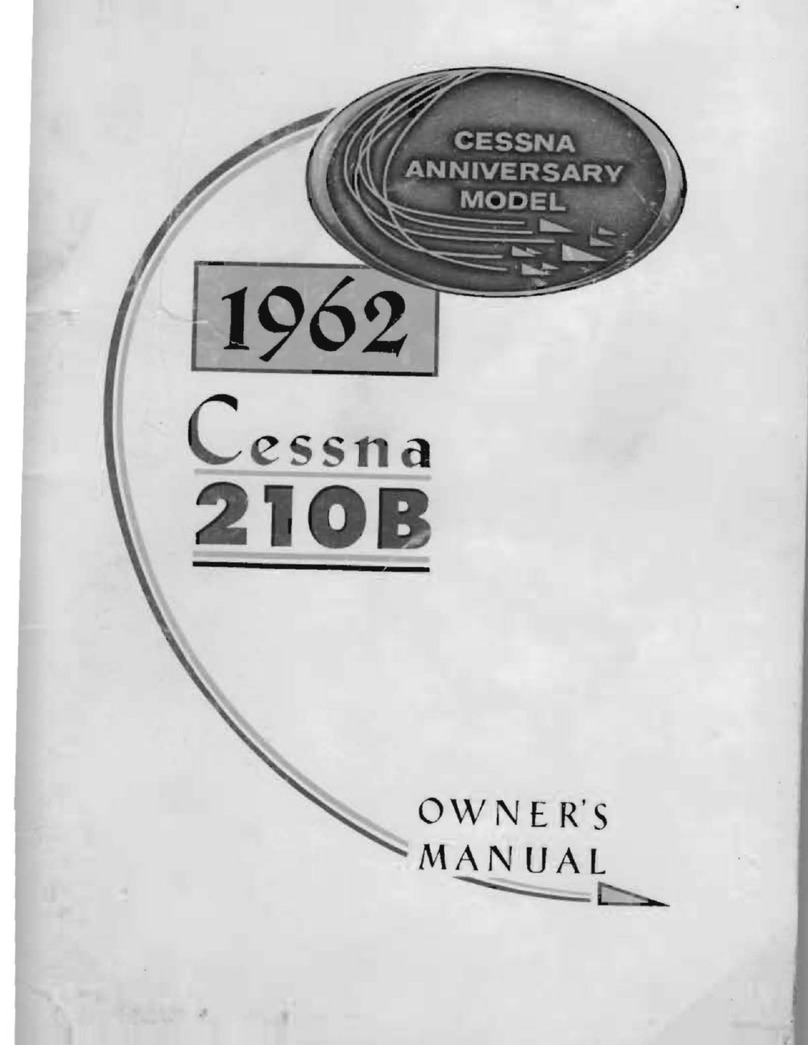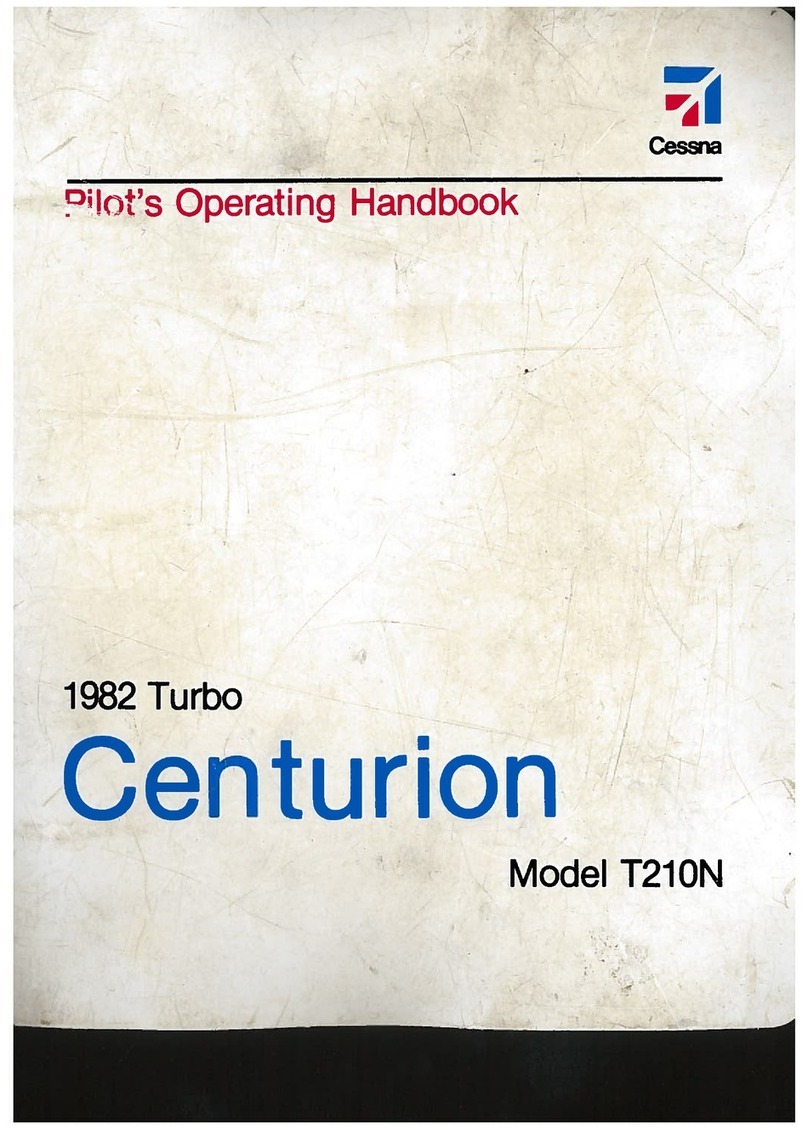I!
I.
I!!'
2-2
FUEL
SYSTEM
SCHEMATIC
T•"""''"""""'"'"'''"""-'f>oill.ruo"--,
....
"""·-
..
~.-...,.n<p=~~,..,..-~.,,.
·~"'<
~
,,.
........
~
,..,.
..........
'""'"~·
--"'"""_'_""''"""""""'
-....................,
......
,_
..
,,...c
..........
-..,.,.
....
~
......
,.
....
....,
..
~
·-·"'-"'""
..
.
FUEL
RISERVOHI
v:a:n·
FUEL
SELECTOR VAL'lE
.....................
_.;.,
.........
"""·"""
o.
t..1
~"'-'"'
«~••
'•"""•
,..~·.c-...orr
_.,
....
,
.......
"
....
......,.
DRAIN
LEVER
A/
(UNDER
ff..DT'S
SEATlV
AllX!LlAFY
A1JX!LIAHY
FtELPUMP
"""!TCH
MlJ<"rJRt
CO!o.'!ROL
THR01T"c,£
'm
INJECTION
~'~
E?«JINJ;;-IIRWEN
FUEL
PUMP
,----I
J
FUEL
C('NTBOL l-'NI'l'
'
..
I
CJDE----,
~
FUEL
:SUPPLY
c::::=l
VENT
~
---
MEC!fl,l,"JCAL
UJ>."KAGi
~EL<;;CT:ttcAL
FUEL
FLOW
INDICATOR I
CONNE:TION
I
(l<lg!ot
hal!
o1
<hotl
in~tr-t)
Figure
2-2.
sbpped,
the
intake
manifolds
will
be
flooded.
The
auxlliary
fuel
Jl1llllP
is
also
used
for
vapor
suppression
in
hot
weather.
Nnrmally,
momentary
U>e
will
be
sufficient
br
vapor
suppres-
sion; however, continucus
operation
is
permlssible
if
required.
'Iurning
or.
the
auxiliary
fuel
pump
with
a
normally
orerating
engine
pump
vill
re-
sult
in
only a
very
minrr
enrichment
of
the
nrlxture.
It
is
not
necessary
to
have
the
auxiliary
fuel
pump
operating
dlring
normal
take-off
and
lanling,
since
gravity
ami
the
engine-driven
pump
Wlll
supply
adequate
fuel flow
to
the fuel
inje:tor
Wlit.
In
the
event
of
failill"e
of
the
engine-driven
pump,
lEe of the
auxiliary
fuel pump
will
provide
3ufficient fuel to
mailtain
flight at
maximum
con-
ti:ruous power-.
The
fueJ
selector
'alve
handle
should
be
in
the
BOTH
position
for
take-off,
lar.ding,
and
power-on
naneuvers
ihat
involve
prolonged
slips
or
skids.
Illring
prolonged
clim1:
or
cruise
with
the
fuel
selector
in
BOTH position, unequal
fuel
flow
from
each
:ank
may
occur
if
the
air-
craft
is
out of
trim
directionally
(;lip
indicator
ball
not
centered)
or
if
the
fuel
tank
caps
are
r.ot
sealing
properly.
The
resulting
heaviness
can
be
alleviatei
gradually
by
turning
the
selectcr
valve
to
:he
tank
in
the
heavy
wing.
To
ensure
a
prompt
engine
n:start
after
rmming
a fuel tank
dry,
switch
the
ft.el
selector
to
the
opposite
tank at
the
first
indication
::d
fuel
flow
fluctuation
or
power
loss.
Then
turn
or.
the
auxiliary
fuel
pump
and
advance
the
mixture
ccotrol
to
full
rich.
Afler
power
and
steady
:fuel
flow
are
restored,
turn
off
the
aw:itiary
fuel
pump
and
lean
the
mixture,
if
desirable.
Prior
to
landing, the
fuel
seleetor
should
be
returned
to
the BOTH
position.
NOTE
With low
fuel
(!/16th
tanl
or
less)
a
prolonged
powered
steep
descent
:1000
feet
or
more)
sllould
be
avoided
witll
more
than
10~
flaps
to
prevent
the
possibility
of
fuel
starvation
resulting
:rom
un~overing
the
fuel
tank
outlets.
H
starvation
shoo.ld
occur
1
leveling
tie
nose
and
turning
on
the
auxiliary
fuel
punp
should
restore
engine
power
within
30
seconds.
For
fuel
system
servicing
inf:.rmation,
refer
to
Servicing
Require-
ments
on
thE
inside
back
cover.
2-3
